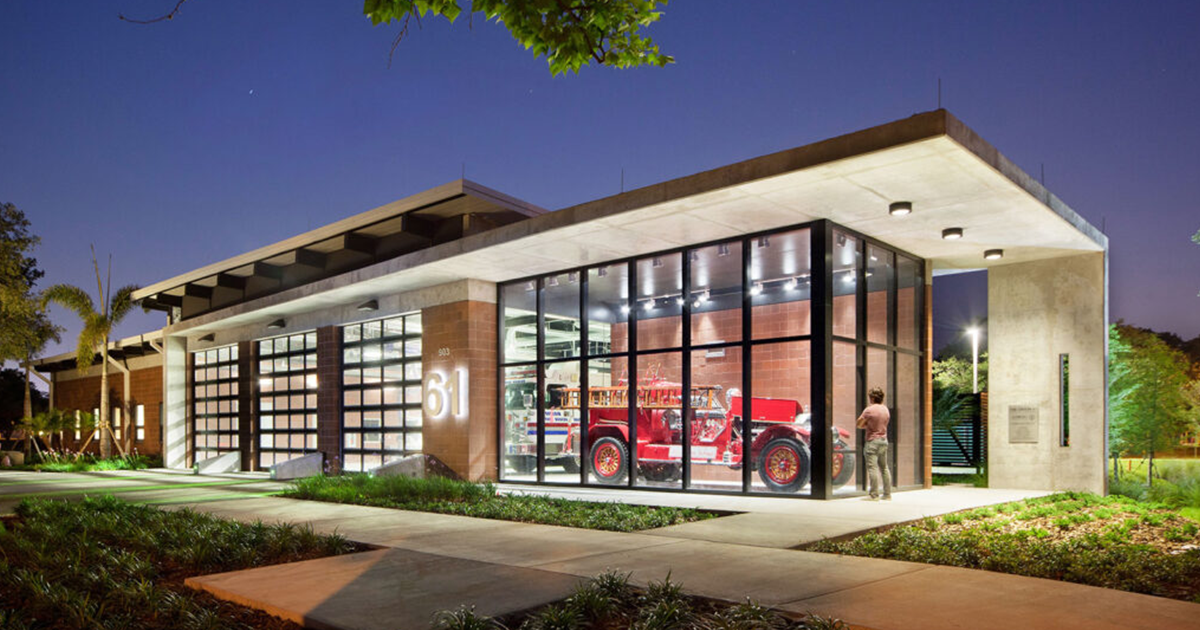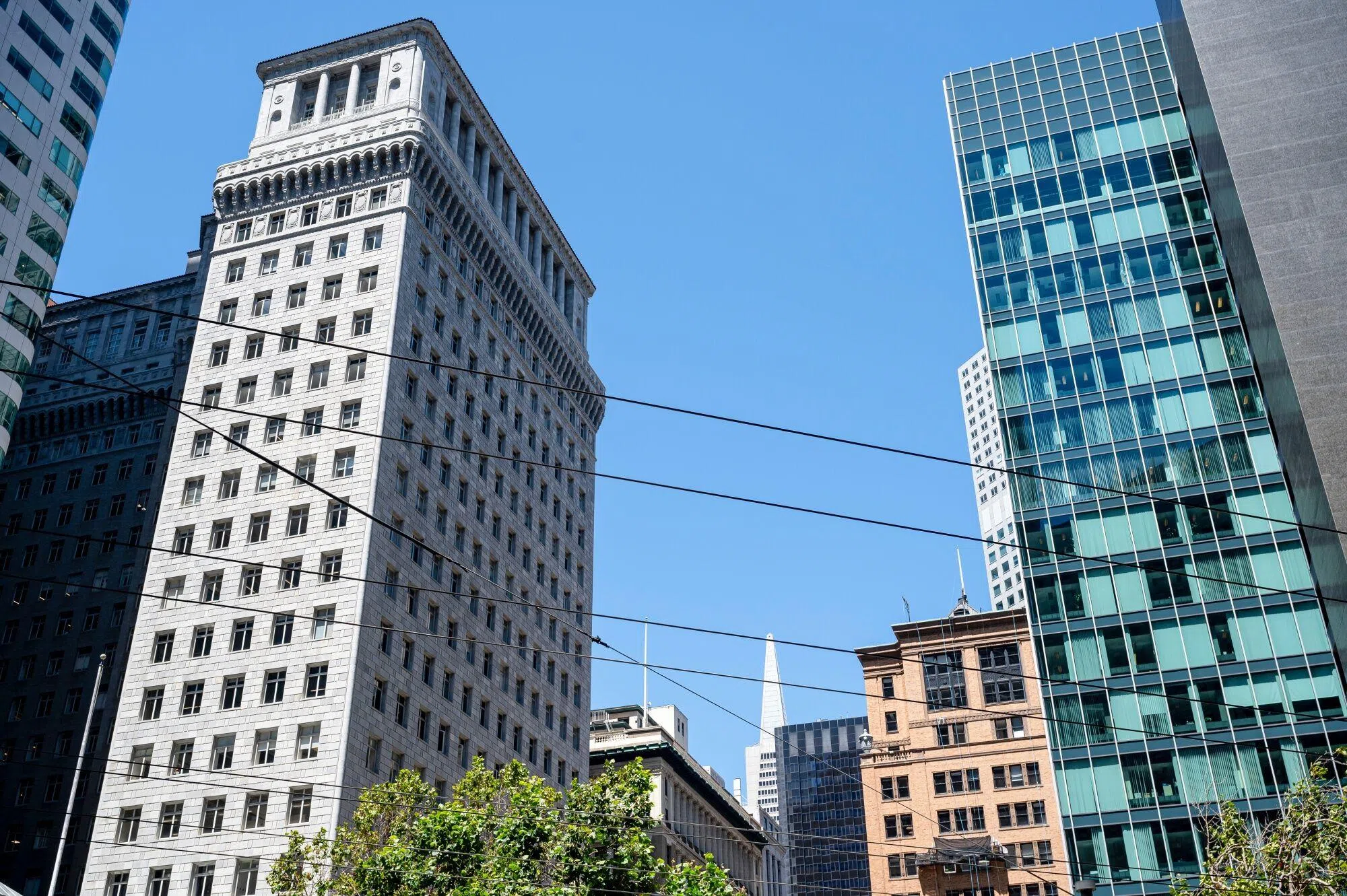A leader knows the way, goes the way, and shows the way.
—John Maxwell
THE ART OF LEADERSHIP
Leadership Defined by Action: The Maxwell Principle
John Maxwell's insight, "A leader knows the way, goes the way, and shows the way," encapsulates the essence of true leadership. This principle emphasizes the multifaceted role of a leader one who not only understands the path ahead but also actively walks it and guides others along the journey.
In today's fast-paced and ever-evolving business environment, the importance of this approach cannot be overstated. Leaders are increasingly required to be both visionaries and practitioners, seamlessly blending strategic foresight with practical implementation. They must anticipate the needs of their teams, understand the challenges of the path, and provide the necessary support and guidance to achieve collective goals.
The Leadership Triad: Knowledge, Action, and Guidance
Effective leadership begins with knowledge. A leader must have a deep understanding of their industry, organization, and broader market dynamics. This knowledge serves as the foundation for informed decision-making and strategic planning.
However, knowledge alone is not sufficient. A leader must also "go the way," demonstrating their commitment to the vision by taking actionable steps. This involves not only leading by example but also being actively engaged in the execution of strategies. It is through this active participation that leaders gain credibility and trust from their teams.
The final component is "showing the way." This is where the leader's ability to communicate, mentor, and inspire comes into play. It involves guiding the team through challenges, celebrating successes, and providing continuous support. By showing the way, leaders empower their teams to reach their full potential, fostering an environment of growth and innovation.
The Future of Leadership
As businesses face unprecedented challenges, from technological disruptions to global market shifts, the Maxwell Principle becomes even more relevant. Leaders who embody these qualities will not only navigate their organizations through turbulent times but will also set a precedent for the next generation of leaders.
The future of leadership lies in the ability to adapt, learn, and grow continuously. Leaders must remain committed to personal and professional development, ensuring they are always equipped to "know the way" in an ever-changing landscape. Moreover, as they "go the way" with integrity and determination, they will inspire others to follow, creating a culture of resilience and success.
In conclusion, Maxwell's words remind us that leadership is not just about holding a position of authority but about being a beacon of knowledge, action, and guidance. It is a dynamic and ongoing process that requires dedication, empathy, and a relentless pursuit of excellence. As we look to the future, those who live by these principles will undoubtedly lead the way to a brighter, more prosperous tomorrow.
COMMERCIAL CONSTRUCTION
WJ Architects: A Legacy of Design Innovation and Social Impact
Since its founding in 1992, WJ Architects (WJA) has grown into a leading interdisciplinary architecture firm, renowned for its ability to create dynamic and engaging spaces that cater to a diverse range of human activities—be it working, living, learning, or playing. The firm's approach to architecture is not just about building structures; it's about creating environments that inspire positive change and enrich society as a whole.
WJA's design methodology is deeply rooted in the belief that architecture can be a powerful tool for social transformation. This philosophy is evident in every project they undertake, where the goal is not just to meet the client's needs but to exceed them in ways that contribute to the community's well-being. Each project is seen as an opportunity to redefine conventions, challenge the status quo, and generate purpose-driven solutions that align with both client and community ambitions.
The firm's portfolio is a testament to its innovative approach. From state-of-the-art educational facilities to vibrant mixed-use developments, WJA's projects are characterized by their thoughtful integration of functionality, aesthetics, and sustainability. The firm’s work often goes beyond the traditional boundaries of architecture, addressing broader social, environmental, and economic challenges through design.
WJA's commitment to community engagement is a cornerstone of its practice. The firm believes that the most successful projects are those that involve collaboration between architects, clients, and the communities they serve. This participatory approach ensures that the spaces they create are not only functional but also resonate with the people who use them, fostering a sense of ownership and pride.
As WJ Architects looks to the future, the firm remains dedicated to pushing the boundaries of design and continuing to explore new ways to leverage architecture as a force for good. With a track record of success and a clear vision for the future, WJA is poised to make an even greater impact in the years to come. The firm’s ongoing commitment to excellence and innovation ensures that it will remain at the forefront of the architecture industry, inspiring others to follow its lead in creating spaces that truly make a difference.
How is Georgia 811 leveraging tech innovations to enhance safety and prevent utility damage?
#SafetyFirst #InfrastructureProtection #Georgia811— #The Dig Daily Dose (#@TheDigDailyDose)
11:51 AM • Aug 22, 2024
INFRASTRUCTURE INDUSTRY
Inflation Reduction Act: Two Years Later, America's Best Climate Action
Two years after its enactment, the Inflation Reduction Act (IRA) stands as a significant milestone in the United States' climate policy. Signed into law by President Biden in August 2022, the IRA was designed to curb inflation while also addressing the urgent need for climate action. Now, as the country marks the second anniversary of this landmark legislation, its impact is becoming increasingly evident.
The IRA has catalyzed a transformation across various sectors, notably in renewable energy, electric vehicles (EVs), and energy efficiency. By providing substantial incentives for clean energy investments, the act has spurred a wave of innovation and growth. Solar and wind energy installations have surged, and the adoption of electric vehicles has accelerated, driven by tax credits and federal support.
However, the road has not been without challenges. Critics point out that while the IRA has made significant strides, it has also faced hurdles in implementation. The complexity of the regulations and the scale of the investment required has led to delays in some projects. Additionally, concerns about equitable access to the benefits of the act remain, particularly for low-income communities and communities of color.
Despite these challenges, the IRA is widely regarded as a critical step forward in the fight against climate change. As the United States continues to reduce its carbon footprint, the legislation's long-term impact is expected to be profound. Moving forward, the focus will likely shift towards ensuring that the benefits of the IRA are distributed equitably and that the momentum for climate action is sustained.
With the groundwork laid by the IRA, the future of U.S. climate policy looks promising. The act has set a precedent for what is possible, and its success will likely influence future legislation and global climate efforts.
How has the Inflation Reduction Act shaped U.S. climate policy two years on, and what challenges remain?
#ClimateAction #RenewableEnergy #GreenFuture— #The Dig Daily Dose (#@TheDigDailyDose)
11:49 AM • Aug 22, 2024
RESIDENTIAL RESEARCH
US Office Market Shows Bottoming Signs: Moody's Analytics
The U.S. office market, which has been grappling with significant challenges in recent years, may be showing early signs of stabilization, according to a new report from Moody's Analytics. The report suggests that the steep decline in office demand, exacerbated by the COVID-19 pandemic and the widespread adoption of remote work, could be nearing its end.
Moody's Analytics, a respected authority in economic analysis, has observed subtle indicators that the office market may be bottoming out. While the overall vacancy rates remain high and rental prices are under pressure, the pace of decline has slowed, hinting at a potential turnaround. The report highlights that certain key markets, particularly those in technology and finance hubs, are beginning to see renewed interest, as companies reassess their long-term real estate needs.
Despite these positive signals, the recovery of the U.S. office market is expected to be uneven. Major metropolitan areas such as New York City, San Francisco, and Chicago continue to struggle with high vacancy rates. However, smaller, secondary markets are showing resilience, buoyed by a shift in demand as companies explore more cost-effective office locations.
Moody's Analytics also notes that the hybrid work model, which blends remote and in-office work, will play a crucial role in shaping the future of the office market. Companies are increasingly adopting flexible workspaces, leading to a potential reconfiguration of office layouts and sizes. This shift could drive demand for smaller, more versatile office spaces rather than large, traditional office buildings.
The report underscores the challenges ahead, particularly the potential for increased defaults on office mortgages if vacancy rates remain high. Additionally, the future of older, less adaptable office buildings remains uncertain, as demand shifts toward more modern, flexible spaces.
Looking ahead, the office market's recovery will depend on several factors, including the pace of economic growth, changes in corporate strategies, and evolving workforce preferences. While the road to recovery may be long, the early signs of stabilization are encouraging, offering a glimmer of hope for the beleaguered sector.
As the situation continues to evolve, Moody's Analytics emphasizes the importance of closely monitoring market trends. The coming months will be critical in determining whether these initial signs of bottoming will translate into a sustained recovery or if the market will face further challenges.
In conclusion, while the U.S. office market still faces significant headwinds, the report from Moody's Analytics provides a cautiously optimistic outlook. The market's future will hinge on how companies adapt to new working models and how economic conditions unfold in the near term.
Is the U.S. office market finally stabilizing, or will high vacancy rates and evolving work models prolong the struggle?
#RealEstate #WorkFromHome #EconomicTrends— #The Dig Daily Dose (#@TheDigDailyDose)
11:47 AM • Aug 22, 2024
TOOLBOX TALK
The Importance of Heat Stress Prevention
Introduction
Good morning, Team! Today, we’re focusing on an essential safety topic: heat stress prevention. As the temperatures rise, so does the risk of heat-related illnesses, such as heat exhaustion and heat stroke. These conditions can be serious and even life-threatening if not addressed. Understanding the signs of heat stress and knowing how to prevent it is crucial for our safety on the job.
Protecting Health: The Role of Heat Stress Prevention
Heat stress occurs when your body cannot cool itself adequately, leading to dangerous health conditions. High temperatures, humidity, and physical exertion increase the risk. Preventing heat stress is vital to maintaining your health and productivity, especially during the hotter months.
Strategies for Preventing Heat Stress
Stay Hydrated: Drink plenty of water throughout the day, even if you’re not thirsty. Avoid caffeinated or sugary drinks, which can contribute to dehydration.
Take Breaks: Schedule regular breaks in shaded or air-conditioned areas to allow your body to cool down.
Wear Appropriate Clothing: Lightweight, loose-fitting, and light-colored clothing can help keep you cool. Don’t forget to wear a hat and sunscreen for extra protection.
Acclimatize: Gradually increase your exposure to high temperatures over several days to help your body adjust.
Know the Signs: Be aware of symptoms of heat stress, such as dizziness, headache, excessive sweating, and confusion. If you or a coworker exhibit these signs, take immediate action by resting, hydrating, and seeking medical attention if necessary.
Discussion Questions
Have you experienced or witnessed heat stress on the job? What happened, and how was it handled?
What can we do to better manage heat stress during hot days on-site?
How can we improve our current practices to ensure everyone stays safe in high temperatures?
Conclusion
Preventing heat stress is a team effort that requires vigilance and proactive measures. By staying hydrated, taking regular breaks, wearing appropriate clothing, acclimatizing to the heat, and knowing the signs of heat-related illnesses, we can protect ourselves and our teammates. Let’s commit to these practices to ensure a safe and healthy work environment, even in the heat.
Stay cool and stay safe!






